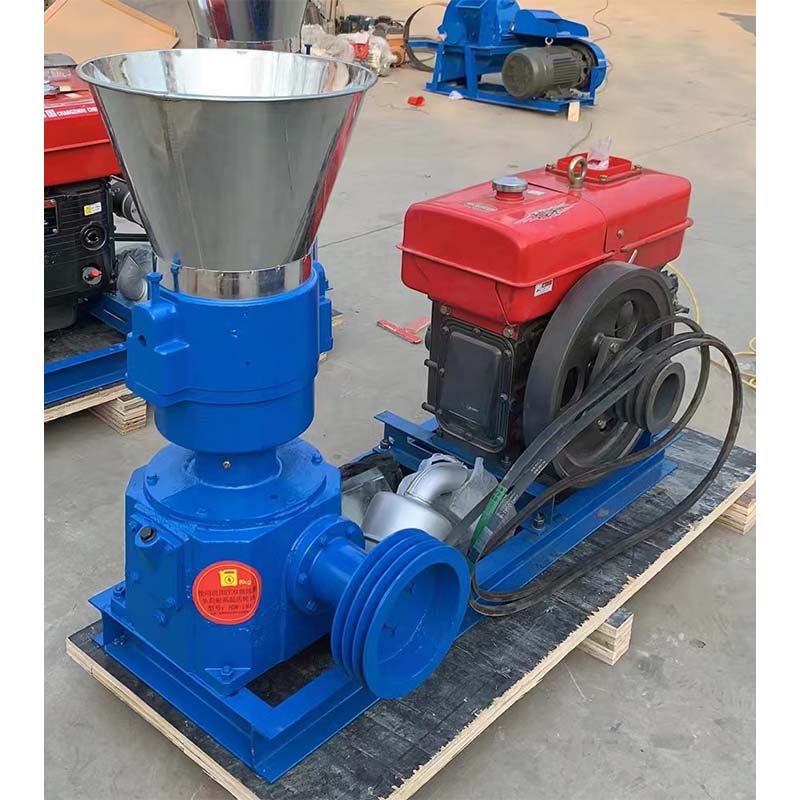Improved Poultry Cages for Layer Hens to Enhance Productivity and Welfare
Dec . 18, 2024 09:28 Back to list
Improved Poultry Cages for Layer Hens to Enhance Productivity and Welfare
Understanding Poultry Cages for Layers Improving Efficiency and Welfare
In poultry farming, particularly in the egg production industry, the importance of effective housing systems cannot be overstated. Layers, or hens raised specifically for egg production, require an environment that supports their health, productivity, and overall well-being. One of the key components of this environment is the type of cage system used. In recent years, advancements in poultry cage design for layers have focused on improving both efficiency and welfare in egg production.
Types of Poultry Cages for Layers
There are primarily three types of cage systems used for layers conventional cages, enriched cages, and free-range systems. Each type has its advantages and disadvantages, depending on factors such as production goals, cost considerations, and animal welfare regulations.
1. Conventional Cages These are the traditional cage systems in which layers are kept in small, stacked environments, usually made of wire. While they allow for efficient space use and ease of management, conventional cages have been criticized for restricting the hens’ natural behaviors, such as nesting, scratching, and perching. Due to increasing awareness and concern for animal welfare, many countries have started to phase out these systems in favor of more humane alternatives.
2. Enriched Cages These cages provide a more spacious environment and come equipped with features that allow chickens to express some natural behaviors. Enriched cages typically include perches, nesting boxes, and scratching areas. Research indicates that layers reared in enriched cages have better welfare outcomes compared to those in conventional cages, as they can engage in more natural behaviors while still benefiting from the biosecurity and management advantages of a cage system.
3. Free-Range Systems In free-range systems, eggs are produced by hens that are given access to outdoor areas. This system allows for the highest level of freedom but is not without its challenges. Free-range layers often face risks from predators, as well as potential exposure to diseases. Additionally, managing a free-range system can be more labor-intensive and costly compared to cage-based systems. However, many consumers today prefer free-range eggs due to perceived benefits for both animal welfare and egg quality.
poultry cage for layers

The Impact on Egg Production
Choosing the right poultry cage system for layers is crucial not just for the welfare of the birds but also for optimizing egg production. Research shows that hens in enriched cages and free-range systems often lay eggs with higher shell quality and better overall nutritional content. Moreover, hens that experience less stress due to suitable housing conditions tend to have improved laying rates.
Furthermore, the design of the cage can directly influence the farmer's operational efficiency. Systems that facilitate easy feeding, watering, and egg collection can save time and labor costs, ultimately leading to higher profitability. Integrating advanced technologies, such as monitoring systems for health and environmental conditions, can help farmers optimize egg production while ensuring that the birds are well cared for.
Regulatory Considerations
As public concern for animal welfare grows, regulatory bodies across the globe are implementing stricter guidelines for poultry farming practices. Farmers must stay informed about these regulations to ensure compliance and avoid potential penalties. Many regions are actively moving towards banning conventional cage systems, urging farmers to transition towards enriched cages or free-range options.
Conclusion
In conclusion, as the poultry farming industry continues to evolve, the focus on layers’ housing systems has become increasingly significant. Poultry cages for layers are essential not only for the logistics of egg production but also for ensuring the welfare of the birds. The shift towards enriched and free-range systems reflects a growing commitment to ethical farming practices. By understanding the types of cages available and their impacts on both productivity and animal welfare, farmers can make informed decisions that benefit their operations, the hens, and the consumers. Ultimately, a better understanding of poultry cage design can lead to more sustainable and humane poultry farming practices that meet the demands of modern consumers.
-
Hot Sale 24 & 18 Door Rabbit Cages - Premium Breeding Solutions
NewsJul.25,2025
-
Automatic Feeding Line System Pan Feeder Nipple Drinker - Anping County Yize Metal Products Co., Ltd.
NewsJul.21,2025
-
Automatic Feeding Line System Pan Feeder Nipple Drinker - Anping County Yize Metal Products Co., Ltd.
NewsJul.21,2025
-
Automatic Feeding Line System - Anping Yize | Precision & Nipple
NewsJul.21,2025
-
Automatic Feeding Line System - Anping Yize | Precision & Nipple
NewsJul.21,2025
-
Automatic Feeding Line System-Anping County Yize Metal Products Co., Ltd.|Efficient Feed Distribution&Customized Animal Farming Solutions
NewsJul.21,2025






